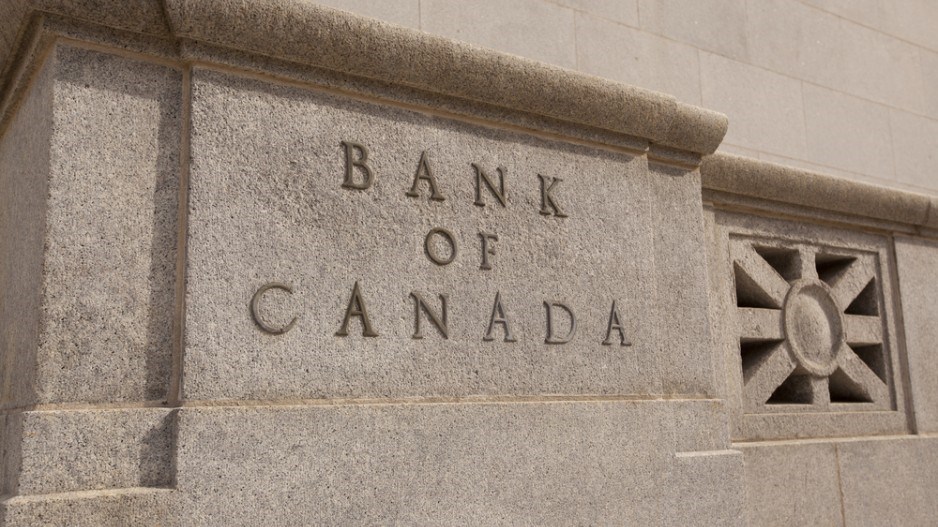Canada’s central bank has downgraded its economic outlook for 2016, but this was not enough incentive for it to lower the overnight rate from 0.5%.
The Bank of Canada said growth in 2016 is forecast to be 1.4%, down from 2% in its previous Monetary Policy Report, and that economic recovery will be pushed back further than previously thought.
“The Bank now expects the economy’s return to above-potential growth to be delayed until the second quarter of 2016,” it said in a release January 20.
The Bank calls the continuing decline in the prices of oil and other commodities a “setback for the Canadian economy” and blames stalled GDP growth in the final quarter of 2015 on temporary weakness in the American economy and soft business investment, among other factors it refers to as temporary.
Inflation is evolving as expected, the Bank said, with total CPI inflation sitting near the bottom of the target range.
“The disinflationary effects of economic slack and low consumer energy prices are only partially offset by the inflationary impact of the lower Canadian dollar on the price of imported goods,” the Bank said in its release. “As all of these factors dissipate, the Bank expects inflation will rise to about 2% by early 2017. Measures of core inflation should remain close to 2%.”
Nick Exarhos of CIBC Economics said the text of the Bank of Canada’s release suggests Bank governor Stephen Poloz is waiting for further information before looking to ease policy.
“The Bank highlights that their forecasts do not yet incorporate the fiscal stimulus that’s likely coming in the next Federal budget, suggesting that Governor Poloz is willing to wait to see what the Finance Minister provides as a bolster to the economy before pulling the trigger on any more monetary easing,” Exarhos said in a note to investors.
Douglas Porter, chief economist for BMO Financial Group, supports the idea of a downgrade in Canada’s economic outlook, but is more cautious than the Bank.
“Things are obviously moving very fast these days, especially with the relentless slide in commodity prices and a softening global outlook, both of which have prompted us to carve our GDP growth outlook for this year to 1.0% from 1.6%,” Porter said.
“We, and the Bank, are a big more constructive on 2017, looking for GDP to pick up to 2.1%.
“The BoC is calling for 2.4%, down only slightly from their prior view of 2.5%.”
The central bank said the global economy is evolving as anticipated, with growth expected to increase this year.
“This also helps explain why the Bank is staying patient; they are keeping up an extraordinarily brave face in view of the mounting concerns over the global outlook,” Porter said.
Som Seif, CEO of Purpose Investments, told Business in Vancouver he is glad the rate was maintained at 0.5% as the cost of financing an asset is still very low and if anything, a rate cut would have hurt potential foreign investment and the stability of investing into Canada.
“Foreign investment right now probably still looks at Canada as a good place to buy because it’s cheap, and it’s only gotten cheaper with the Canadian dollar—but there’s still a stability factor to our dollar,” Seif said.
“If we let our Canadian dollar fall precipitously with no control, you probably lose that stability factor and you deter foreign investment into Canada because they start to get afraid of the value of our dollar.”
The loonie did rise slightly on the news; as of press time, the Canadian dollar was trading at 68.51 cents U.S., up from an overnight low of 68.11 cents U.S.




